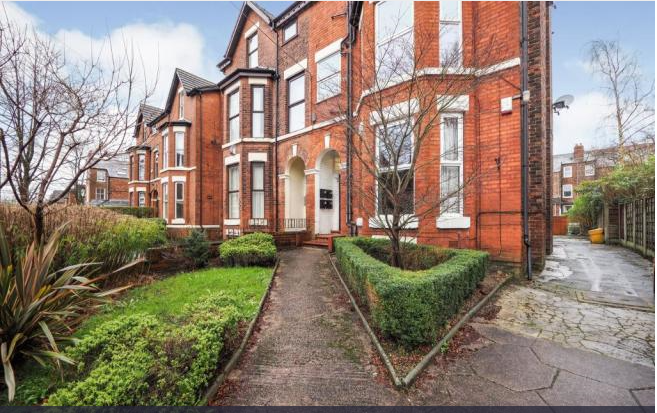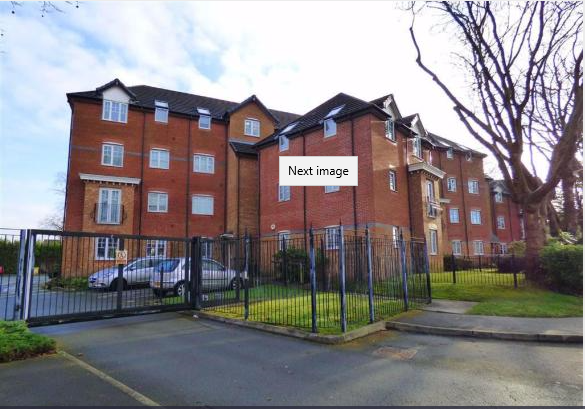Whether you are new to investing in property or are considering remortgaging your portfolio, it is helpful to consider how lenders view property investment.
Loan-to-value ratios and deposit levels
If a property is valued at £150,000 and you have a 25% deposit, then the loan-to-value ratio is 75 per cent.
When buying a property as a home, loan-to-value ratios can be as high as 95% , so only a 5% deposit is required.
When investing in a property, buy-to-let mortgages are likely to require a higher level of deposit of 15-25%.
Typically, the higher the deposit, the greater the number of mortgage products there will be to choose from – and the interest rates may also be lower.
Mortgage interest rates
This is the amount of interest you pay on the mortgage you take out to buy an investment property.
Rates vary from time to time, depending on the level at which the Bank of England sets their bank rate.
Historically, the lower the Bank of England bank rate, the lower the mortgage interest rate.
Rates can also vary according to how much lenders want the business. The more interested the lender is in attracting borrowing for investing in residential property, the more competitively they tend to set their rates.
Currently, the Bank of England bank rate is at 0.5% (as of June 2015) and lenders are keen to compete for buy-to-let mortgage business, so interest rates tend to be quite competitive.
Mortgage fees
When committing to a mortgage, there are costs involved, from booking to administration fees and valuation costs.
It is worth considering these in a ‘costs versus value’ manner, rather than simply choosing a mortgage with the lowest rate.
Depending on your investment strategy, it may be worth paying higher fees for a mortgage product that best meets your requirements.
Rental Income vs Mortgage Payments

One of the key criteria lenders consider before making a mortgage offer is whether the investment property is viable from a lettings perspective. One way to do this is to calculate whether the monthly rental income is significantly higher than the cost of the mortgage repayment.
Although percentages can vary, lenders look for the monthly rental income to be approximately 125% of the mortgage repayment amount, which they will want verified by a qualified surveyor.
For example, if the rental income were £750 per month, a lender may offer a mortgage with a monthly repayment of £600 per month.
Though it is possible to borrow at lower rental income versus mortgage payment, such as 115%, some lenders may prefer to see a higher ratio at 130%.
It is important to know that even if a property’s rental income is 125% of the mortgage repayment, that does not always mean you will receive net income from your investment.
Maintenance and other ongoing costs also need to be paid for, so check whether any property you consider buying will generate at least enough excess rental income to cover current and future repairs as well as the mortgage costs.
Different ways to earn an income through investment
When investing in property, there are different ways to earn rental income, depending how the property is let and to what type of tenant, and this may influence the mortgage you borrow.
For example, there are some lenders who will lend on high-rise flats, while others do not; some investors want to let a whole property, while others will want to rent rooms individually. For some investors, a mortgage may initially be required to renovate a property, before letting it long term.
Each of these scenarios will have different implications for capital investment, rental income and on-going costs, and the type of investment you make can determine which mortgage lender and product is available to you and most suited to those specific circumstances.
When choosing a mortgage for property investment, it is about much more than simply comparing the interest rate. Some lenders may even limit the number of Buy-to-Let mortgages they will provide to one person.
If you are only planning to invest in one property to let, this may not be a consideration, but if you plan to build or already invest in a large portfolio, particular lenders may be more suitable.

